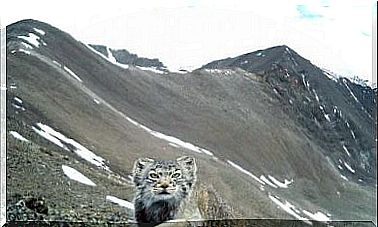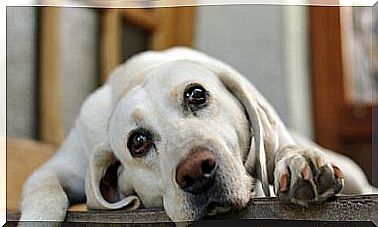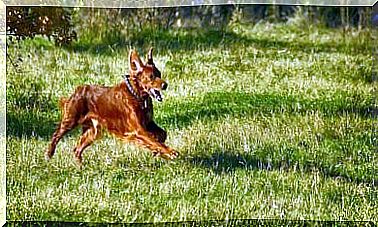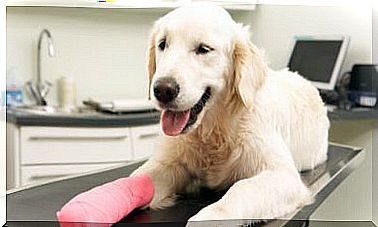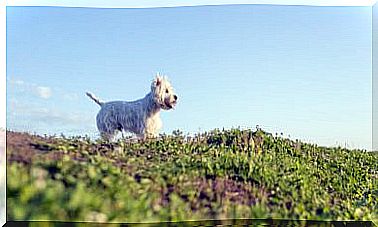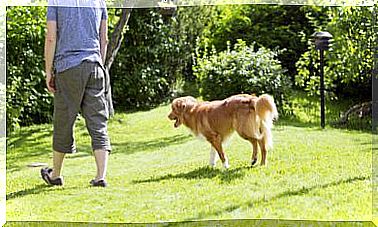6 Dog Diseases That Occur More Often In Autumn

Due to the cold wind, it is normal for the change of season to cause dog diseases in dogs in autumn.
Many people love autumn, the leaves are changing color, and nature is gradually preparing for winter. At the same time, the organism can recover from the relentless heat of summer. However, the wind is also getting colder and therefore diseases are more common at this time of the year.
Unfortunately, autumn also brings a number of risks to our dogs. The cold makes our dogs more susceptible to various diseases. In today’s article, we’re going to introduce you to some of the most common dog diseases that can occur during this time:
Dog diseases in autumn
1. Weak immune system
Like all animals, dogs suffer from a sudden weakening of the immune system. They take in lower amounts of vitamin D, which is released from the sun in the summer, and this causes their immune systems to weaken. Dogs can then get sick more easily than in other times of the year.
If you feed your dog properly, you can strengthen his defenses and reduce the risk of illness. A higher intake of nutrients can prevent the immune system is weakened your dog.
2. Leishmaniasis
Because dogs’ immune systems are weaker in the fall, the risk of bacterial and viral contamination is greater.
Leishmaniasis is transmitted by a mosquito, which usually occurs at the end of summer, and it takes a few weeks for the disease to make itself felt.
Because of this, dog owners should pay close attention to symptoms. Keep in mind that this condition requires treatment by a veterinarian.
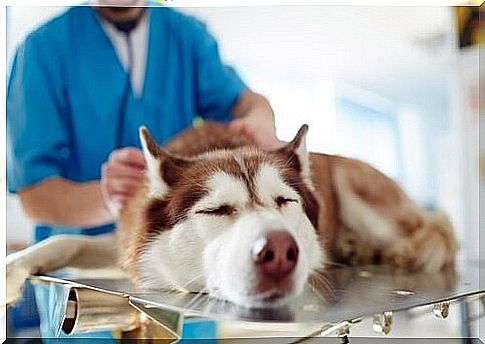
3. Dogs are more likely to cough in the fall
Cough is the slang term for tracheobronchitis, one of the most common canine diseases in autumn. The risk of infection is very high in places with a lot of dog contact. Dog parks and boarding houses are very common sources of infection.
It’s a contagious disease that is similar to influenza and can cause coughing, sneezing, and even a fever. Sometimes the cough will go away after a few days without further treatment.
Still, it is a good idea to take your dog to the vet so he can get adequate medical treatment.
4. Parasites
Parasites occur throughout the year, but the risk increases if your dog’s immune system is weakened. Fleas and ticks will spread from one dog to another on walks because it is not yet cold enough to prevent this from happening.
Aside from how uncomfortable it can be to completely get rid of a flea or tick infestation , they can also pose other dangers.
Many diseases are transmitted from dog to dog through tick bites. Ask your veterinarian about the best preventive care for your dog.
5. Osteoarthritis and the pain associated with it are stronger in the fall
Unfortunately, osteoarthritis is one of the conditions most common in older dogs. It is a painful condition that cannot be cured and the owner of a dog with osteoarthritis can only try to relieve the symptoms.
In autumn the temperatures drop and because of this, the pain increases. To avoid the pain of osteoarthritis, dogs should be kept warm. Thick blankets and comfortable pillows help relieve the pain caused by this condition.
When walking, the dog should wear a soft coat and a raincoat over it to avoid getting wet in the rain.
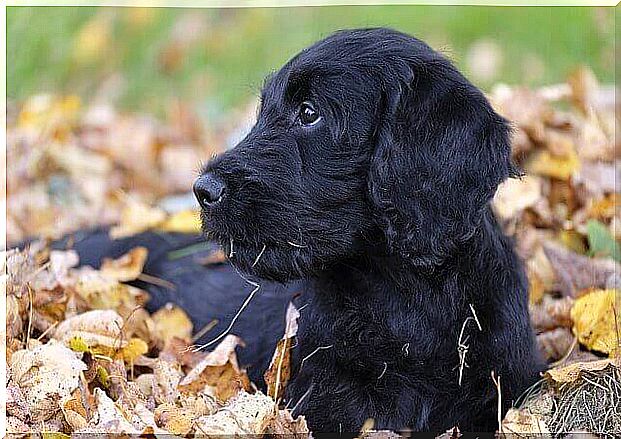
6. Change of coat in autumn
While not a canine disease, coat change is a phenomenon that can affect the health of our dogs.
Dogs change fur all year round. However, this process is aggravated by seasonal changes, especially from summer to autumn.
This is due to the fact that dogs’ hair becomes thinner and lighter in summer. The heat causes the fur to change so that the animals stay cooler in summer.
When autumn comes, the summer coat is no longer suitable. The cold winds make our dogs’ fur thicker.
During the change of coat, you should brush the dog’s coat thoroughly on a regular basis. This way, you will remove the hair that has fallen out and the coat will remain healthy.
If the old fur is not removed, your dog could develop a skin disease from the excess of mites. This is the cause of skin blisters and allergies, which are very uncomfortable.
The most important thing in the fall is to keep your dog warm and avoid sudden temperature changes. Also, try to adjust his diet so that he gets more vitamins B, C, and D. This way you will strengthen his immune system.
If your dog gets sick in the fall, you don’t have to worry excessively. If he shows symptoms of illness, you should take him to a veterinarian who will recommend the appropriate treatment.
